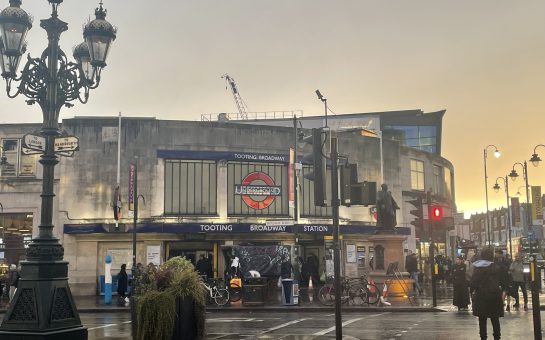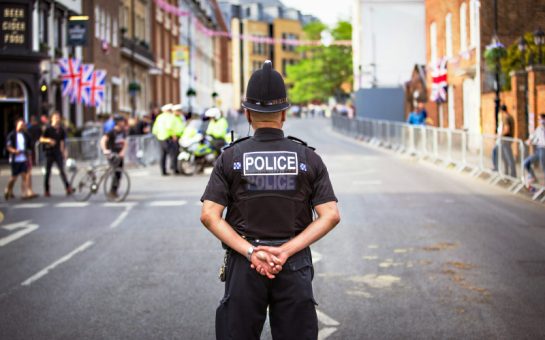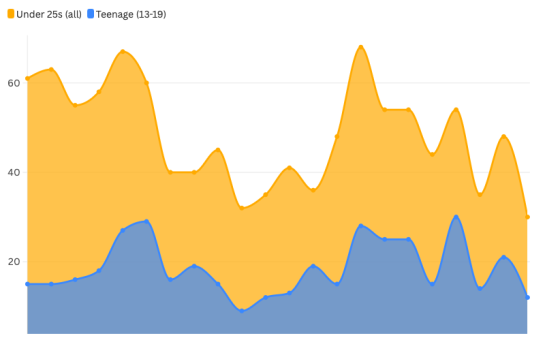London youth crime figures show a significant decrease over the last five years with the number of suspects under 18 falling by 50% and those aged 18-25 dropping by 59%.
The data, provided through a Freedom of Information request to the Metropolitan Police, has also shown that the most common offences for suspects under 18-years-old are violence against the person, whilst those aged 18-25 are most likely to commit drug offences.
Data for the 2020/2021 year is incomplete, only going up to the end of January, with the financial year not ending until the end of March, but the trend seems to be largely the same year on year as 2019/20, and a significant decrease since 2015/16.
BIGKID Foundation is a London-based charity tackling youth violence, that works to improve the lives of young people at risk of social exclusion by “broadening horizons” and “raising aspirations” while providing a safe environment.
CEO and Founder of BIGKID Foundation Shaninga Marasha said: “While some of the fall may be due to a change in police tactics, with a welcome focus on those ‘higher up the chain’ who often target young people to become couriers, we hope it also reflects councils, the police, and other public sector bodies working more closely with organisations such as BIGKID.
“There is increasing evidence that community-based organisations like ours offer young people in deprived communities an alternative to becoming involved in criminal activity through a range of educational, cultural and sporting activities.”
However, drug-related offences, particularly for suspects aged 18-25, have started to increase in the last two years.
In 2015/16 there were a reported 18,842 suspects charged for drug offences.
This number significantly decreased to 8907 by 2018/19 but this has steadily climbed back to 9670 charged suspects in 2020/21 thus far.
Shaninga said: “It may be that the pandemic has had some impact on lower crime figures amongst 18–25-year-olds and it may also be a factor in increased drug arrests.
“We must remember that young people have been cut off from friends and from their usual safe spaces – such as those provided by BIGKID – during this period. Some may have turned to drugs to relieve boredom and anxiety.”
The report also shows that in 99.5% of cases committed in the last five years by 18-25-year-olds, the victim was also been from this age group, while only 26% of crimes committed by those aged under 18 the victim was also under 18.
The most common crime for suspects under 18 was violence against the person, but this type of crime fell by 46.3% between 2015/16 and 2019/20 and looks set to fall further in 2020/21.
In the last few years the London youth crime figures show that drug offences and robbery have become a greater issue.
The most common offence across both age categories are drug offences which make up 41% of charged offences over the last five years, followed by violence against the person at 20% of all offences.
Another youth organisation, The Salam Project, works to support African and Caribbean communities in London and Manchester to help them stand up against gang crime, extremism and radicalisation.
Director of The Salam Project Ismael Lea South said: “Even though the stats overall display a reduction of drug offences, it doesn’t mean that there were fewer drug offences going on, it just means that there were more innovative and out of the box methodologies of being involved in drug crimes happening that the police were not aware of.
“The reason why the number of charges has increased in the last two years is due to the police learning from grassroots practitioners about how county lines have been working over the decades.”
A report conducted by the London Greater Authority confirmed a strong link between those in deprivation, poverty, and facing poor mental health are more vulnerable to being groomed into youth violence.
There are many youth organisations, like BIGKID Foundations and The Salam Project, who are working to provide young people with a better future but a repeated cry is for better funding and support.
In February 2020 the Mayor of London, Sadiq Khan, announced he was injecting another £55.5 million of funding into tackling the complex underlying cause of violent crime, including funding projects which provide positive opportunities to disadvantaged young people.
However, when emergency coronavirus funding was introduced all previous plans were deeply disturbed.
A Youth and Violence Commission report from summer 2020 has warned that the social and economic devastation amplified by Covid-19 could lead to an increase in serious youth violence.
Data for the full financial year of 2020/21 (up to March 31) affected by the pandemic is not yet available and so the full scale of its impact on youth violence and crime is not yet known.
However, an estimated forecast for the year based on data so far shows that London youth crime figures may have increased during the pandemic, particularly with drug offences, public order offences and acts of violence against the person.




